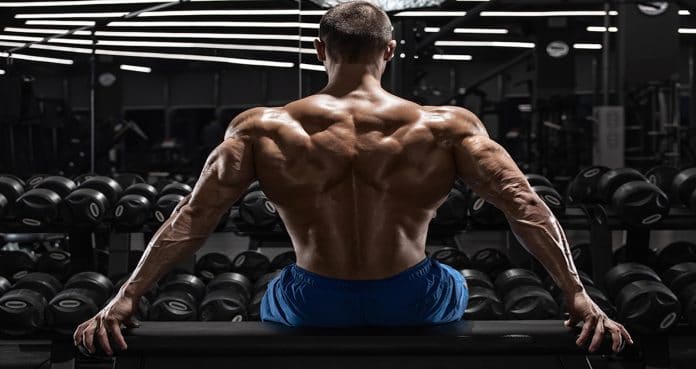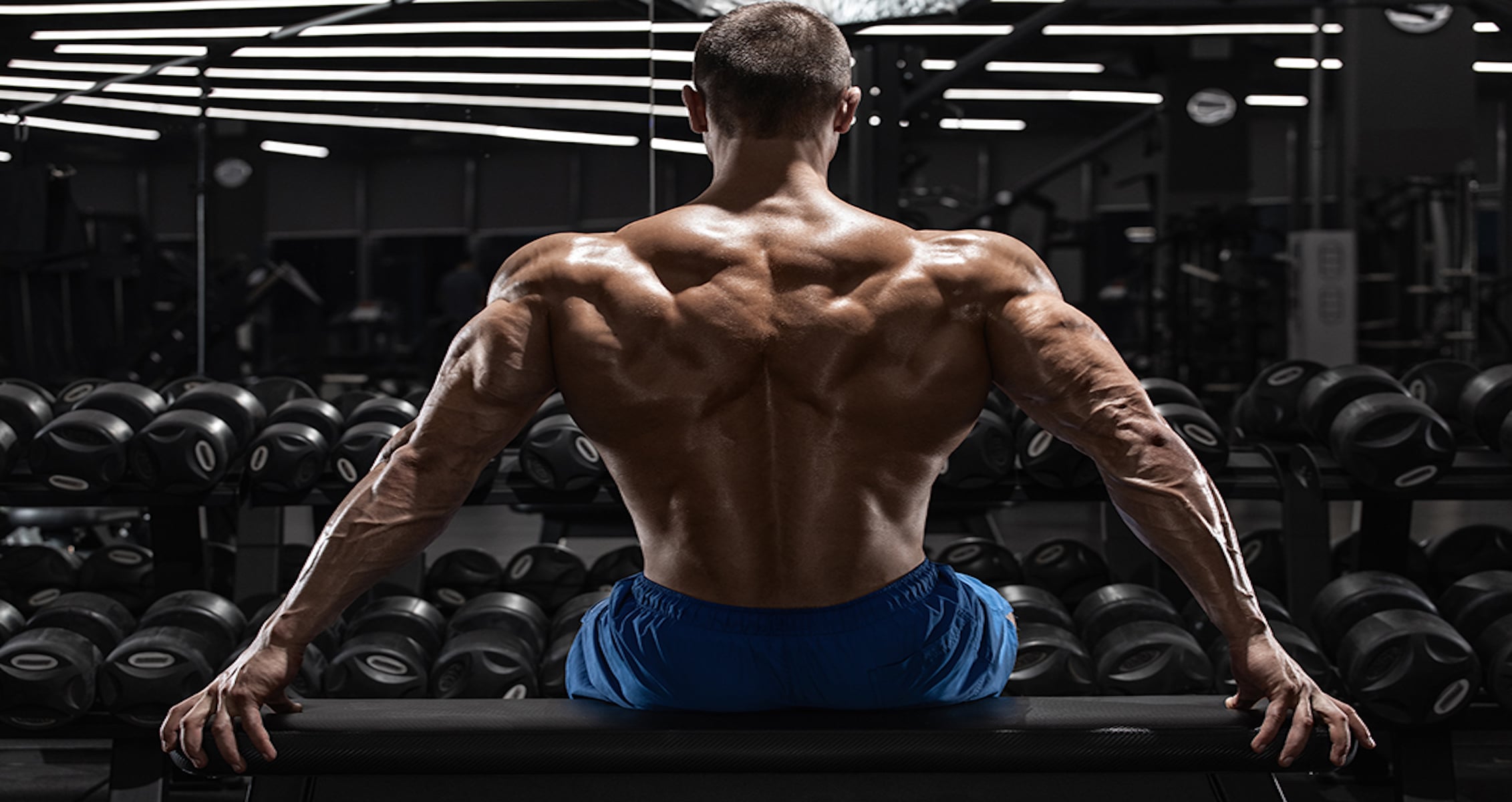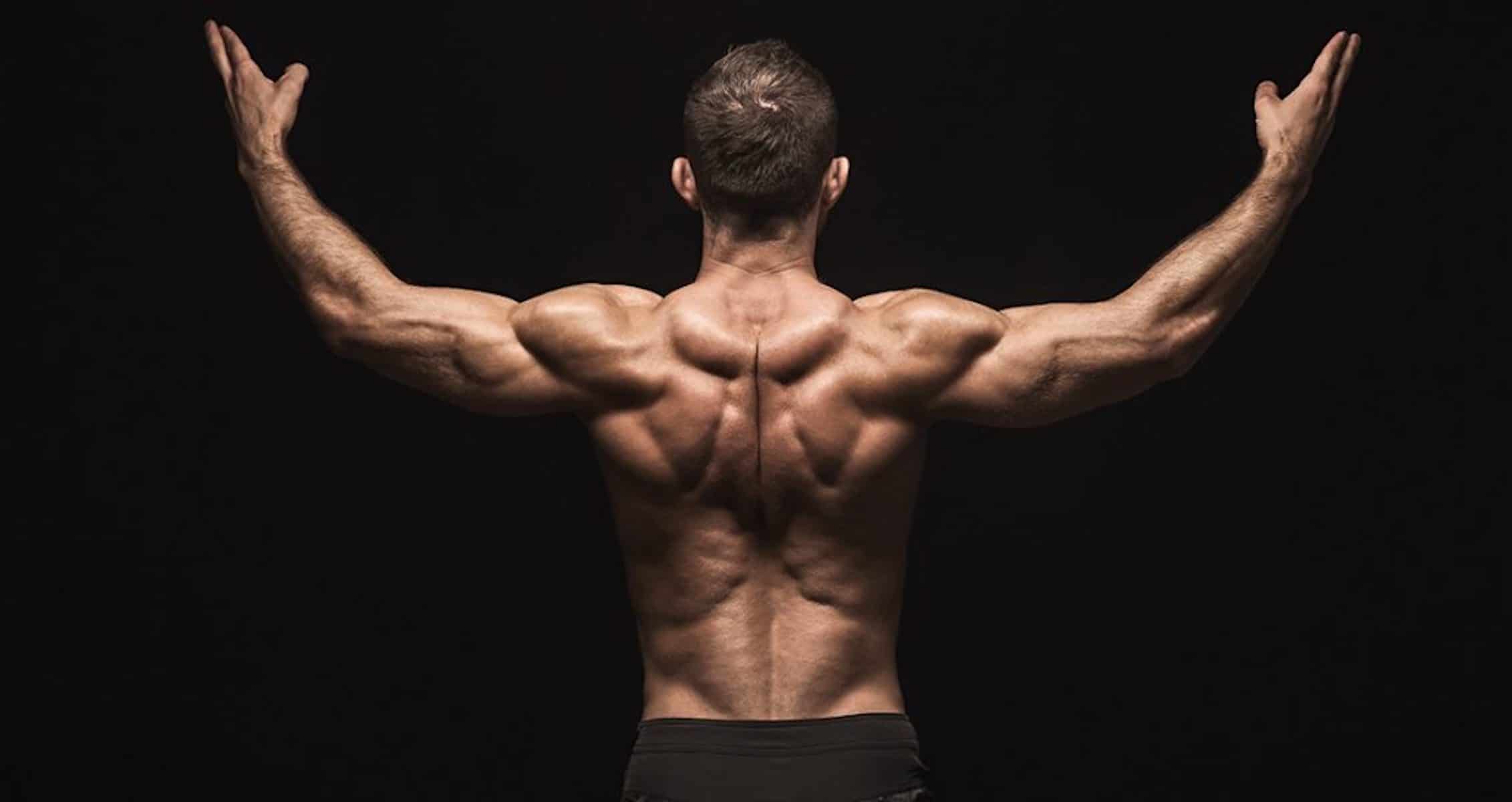
The underhand row supercharges biceps growth.
Rows are a bodybuilder’s best friend (but don’t tell your spotter this for obvious reasons!) On crafting a stage-worthy physique, rows will help you build a bigger upper and lower body. They’ll also empower you to get better at your deadlifts too. But their biggest advantage is the emphasis it places on your biceps.
Rows are a great way to improve your stability and strength, especially when you do them in a hinge position, aka dumbbell bent-over rows. However, underhand rows turn regular rows into an intense isolation exercise that supercharges the growth of your biceps.
These are performed with an underhand grip — hence the name — which is also called the supinated grip. You can use this grip whether you’re using a barbell or a dumbbell. Here’s all you need to know about the underhand row, how to do it, its benefits, and some variations you can use to spice up your regular routines.
How to do an Underhand Row
Underhand rows help you build your traps, lats, biceps, and core when done right (1). In addition, the supinated grip allows you to use greater training loads, producing more significant muscle hypertrophy. Here’s a step-by-step guide on how to do the underhand row, whether you’re using a barbell or a dumbbell:
- Hinge over at your hips from a standing position by bending your knees slightly while leaning forward and bending at the waist. Keep your elbows close to your torso.
- Then hold both dumbbells or the barbell at knee level with an underhand (supinated) grip. This grip has your palms facing upward. If using a barbell, keep your hands apart at just a little more than shoulder width.
- Brace your abs and retract your shoulders to keep your spine welded. Keep your trunk engaged while your lower back is flat.
- Row the dumbbells or barbell back until your elbow is even with your body — think of drawing it toward your abdomen. Your shoulders should be down and back at this point but stick with your chest upright.
- Squeeze your muscles for a one-second count to get a maximum contraction.
- Slowly lower the weight to the starting position to complete the rep. Keep the process under control at all times during the reps.
Tips
Avoid excessively loading the bar or using a weight that is too heavy because you’ll use too much momentum to lift the load, which won’t properly work your muscles.
Also, if you want to strengthen your biceps’ full potential, using a barbell for this movement is best since it will allow you to row a heavier weight. However, if one side of your back or biceps is stronger, opting for dumbbells will help you correct these imbalances.
Underhand Row Benefits
Underhand rows focus more on your biceps, lats, and lower back than other grip variations. Below are some essential benefits of adding this exercise to your lifting routine.
Bigger Biceps
The supinated grip for underhand rows requires significant input from your biceps. That means you get higher direct loading of your biceps than you would with other isolation exercises. The result is more hypertrophy and, as a result, bigger arms.
Bigger Lats
The muscle fiber orientation of your lats is diagonal, which is great for vertical and horizontal pulling. However, pulling horizontally as you do with underhand rows leads to more lat thickness.
Targets Lower Traps
The underhand grip places more focus on your biceps and lower back. In addition, it emphasizes scapular depression in your back, working your lower traps more. As a result, you get better positioning, more stability, and improved mobility.
Practice Hip Hinge
Your hip hinge is vital for deadlifts, kettlebell swings, and other bodybuilding movements. This exercise’s grip helps reinforce the proper hip hinge position while loading your glutes and hamstrings.
Deadlift Better
The hip hinge position you adopt for your underhand row is the same as with the deadlift, where below the knee is a common sticking point. This is often because the lifter is lacking core stability. Underhand rows help you improve the technique and hold your position even when under load.
Lift Heavier Loads
Since your biceps are activated more when you use an underhand grip, you can carry higher loads doing underhand rows. This helps you overload the primary muscles, like the biceps, lats, and lower traps. Lifting heavy weight equals greater strength, hypertrophy, and size.
Underhand Row Variations
Here are some row exercise variations to work on your upper and lower body muscles. In addition, we’ve included alternatives you can do at home without any equipment.
Overhand Barbell Row
The overhand barbell row uses an overhand grip (palms facing down) to target the upper back better. However, this means that your lats get less work. It also improves your grip strength, but be wary of your forearms and grip tiring out.
Single-Arm Dumbbell Row
The single-arm dumbbell row is an isolation exercise that targets your lats. It involves putting your hand and leg on a bench, bending horizontally, and rowing with the other arm. In a single-arm dumbbell row, your concentration is on your back muscles.
Inverted Row
The inverted row uses a squat rack, a barbell, and your bodyweight to work your muscles. An overhand grip is used instead of the underhand version. Also, with the inverted row, you’re raising your body to meet the bar, not the bar to meet you.
Seated Band Row
A seated band row uses a resistance band and is excellent for people with less space at home or those on the go and always traveling; it’s a beginner-friendly back workout.
Upper and Lower Body Anatomy
Underhand rows work on your upper and lower body muscles, making it a great full-body exercise, emphasizing your back and biceps. Below are the upper and lower body muscles activated when you do an underhand row.
Upper Body
- Biceps: the underhand grip brings your biceps into focus to help flex your elbow and support your back as you pull the weight towards you.
- Forearms: assist in gripping the weight and flexing and extending your elbow.
- Rhomboids: used in the abduction and adduction needed to raise and lower the weight.
- Posterior Delts: work the larger back muscles as you pull the weight towards you.
- Traps: help stabilize you and keep a neutral spine as you control the weight.
- Lats: work with the shoulder as you pull and lower the weight.
Lower Body
- Abs: your abs and obliques help you maintain stability and a neutral spine.
- Erector spinae: helps keep your spine neutral and provides a stable base to pull from.
- Hamstrings and glutes: keep your base solid for pulling the dumbbell or barbell. And they are also crucial in maintaining the proper hinge position.
FAQs
What muscles do underhand rows work?
Underhand rows work your biceps, lats, lower traps, abs, hamstrings, and glutes. You can learn more about this in the article above.
What are underhand rows good for?
Underhand rows are the best way to build bigger biceps and lats. This is because the supinated grip focuses more on these muscles.
What is the difference between the underhand vs. overhand grip?
With the underhand grip, your palms face upward, while the overhand grip has your palms facing down. Therefore, the underhand grip involves the biceps more.
Are underhand rows good for the back?
Underhand rows are a great way to build a more significant and aesthetic back. We discuss how in the benefits section of this article.
Follow us on Instagram, Facebook, and Twitter for more exercise guides!
References
- Youdas, J. W., Keith, J. M., Nonn, D. E., Squires, A. C., & Hollman, J. H. (2016). Activation of Spinal Stabilizers and Shoulder Complex Muscles During an Inverted Row Using a Portable Pull-up Device and Body Weight Resistance. Journal of strength and conditioning research, 30(7), 1933–1941. https://doi.org/10.1519/JSC.0000000000001210


